Wine is a beverage that has been enjoyed by people for centuries, and it has evolved over time. There are two main categories of wine: Old World and New World. Old World wines are produced in Europe, while New World wines are made in countries such as the United States, Australia, and South Africa.
The differences between Old World and New World wines are significant, and they can be attributed to various factors such as the climate, soil, grape varieties, and winemaking techniques. Old World wines are known for their complexity, elegance, and subtlety. They tend to be lighter in body, higher in acidity, and have less fruity flavors with more minerality. On the other hand, New World wines are often fuller in body, lower in acidity, and have pronounced fruit flavors.
Overall, the main differences between Old World and New World wines come down to style and philosophy. Old World wines are often more terroir-driven, meaning they reflect the unique characteristics of the region where they were produced. In contrast, New World wines are more varietal-driven, meaning they focus on the specific grape variety used to make the wine. Understanding the differences between these two categories of wine can help wine enthusiasts appreciate and enjoy them more fully.

Key Differences in Winemaking Techniques
When it comes to winemaking techniques, there are some key differences between Old World and New World wines. These differences can be attributed to factors such as climate, terroir, and the varieties of grapes used.
Climate and Terroir
Old World wines are typically produced in cooler climates, while New World wines are produced in warmer climates. This difference in climate can affect the ripeness of the grapes and therefore the alcohol content. This impacts the flavor and aroma of the wine.
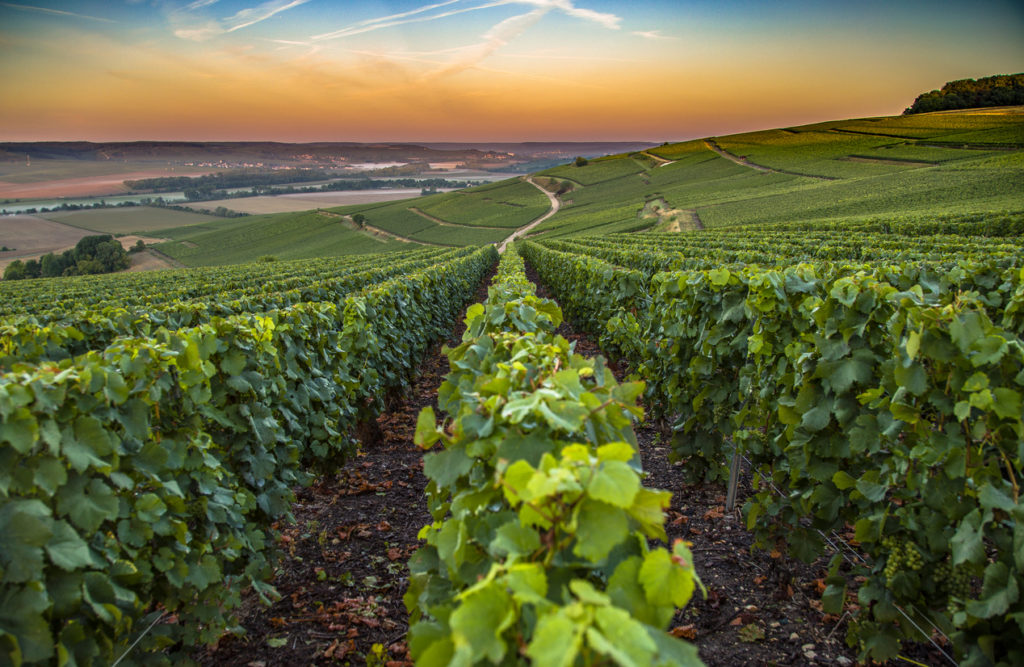
Terroir, or the environmental factors that influence the grapes, also plays a significant role in winemaking. Old World winemakers tend to focus on terroir, with an emphasis on soil type, altitude, and other factors that can impact the grapes. In contrast, New World winemakers often prioritize the grape variety and winemaking techniques over terroir.
Winemaking Practices and Techniques
Old World winemakers tend to use more traditional winemaking practices, such as using natural yeasts and aging the wine in oak barrels. New World winemakers, on the other hand, often use modern winemaking techniques such as using cultured yeasts and aging the wine in stainless steel tanks.
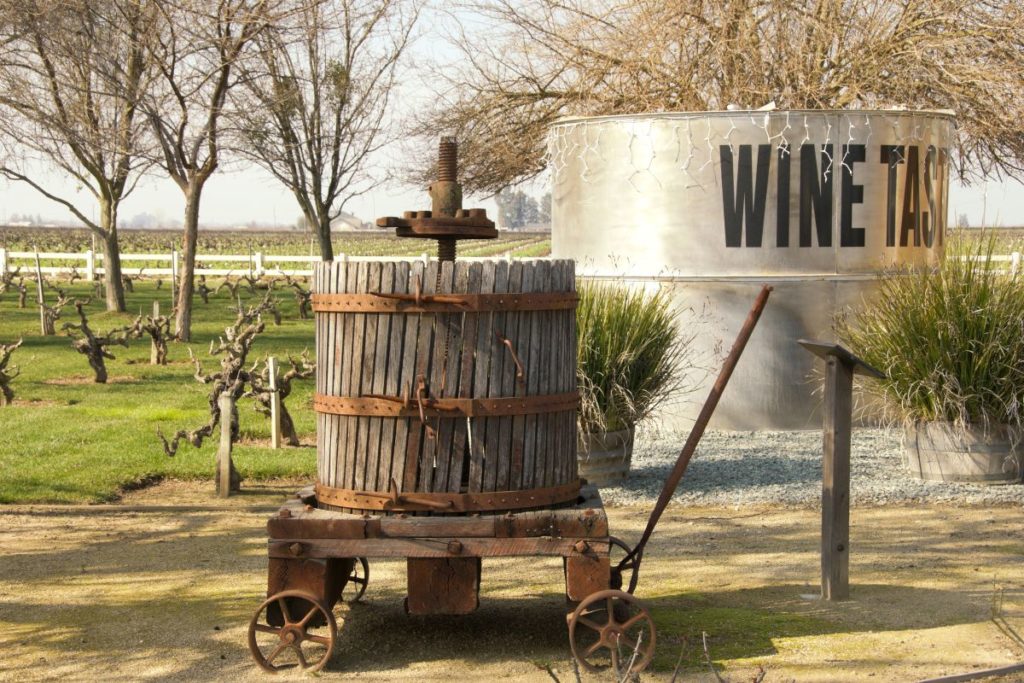
The use of oak barrels can also differ between Old World and New World winemaking. Old World winemakers often use oak barrels that have been used multiple times, while New World winemakers tend to use new oak barrels. The storage of wine in used oak barrels gives the wine milder oak notes.
Varieties of Grapes Used
The varieties of grapes used in Old World and New World winemaking can also differ. Old World winemakers tend to use indigenous grape varieties that are well-suited to the local climate and terroir. In contrast, New World winemakers often use international grape varieties such as Cabernet Sauvignon and Chardonnay.

In conclusion, there are several key differences in winemaking techniques between Old World and New World wines. These differences can be attributed to factors such as climate, terroir, and the varieties of grapes used. While Old World winemakers tend to focus on terroir and traditional winemaking practices, New World winemakers often prioritize grape variety and modern winemaking techniques.
Old World Wine Regions
Old World wine regions are those that have been producing wine for centuries, and are generally located in Europe. Each region has its own unique characteristics, which are reflected in the wines produced there. Here are some of the most well-known Old World wine regions:
France
France is one of the most famous wine-producing countries in the world, and is home to some of the most prestigious wine regions. Some of the most well-known regions include Bordeaux, Burgundy, Champagne, and the Rhône Valley. Each region has its own unique terroir (soil, climate, and topography) that gives its wines a distinctive flavor.
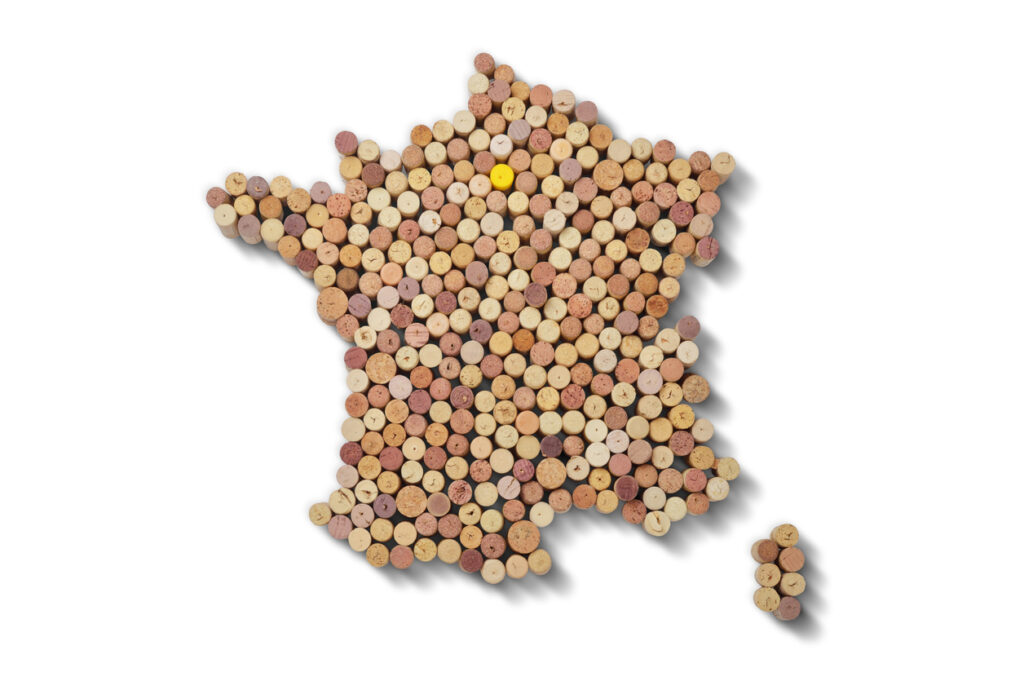
Italy
Italy is another major wine-producing country, and is home to a wide variety of grape varieties. Some of the most well-known wine regions include Tuscany, Piedmont, and Veneto. Italian wines are known for their high acidity, which makes them a good pairing with food.
Spain
Spain is home to a number of wine regions, including Rioja, Priorat, and Ribera del Duero. Spanish wines are known for their bold flavors and high alcohol content.
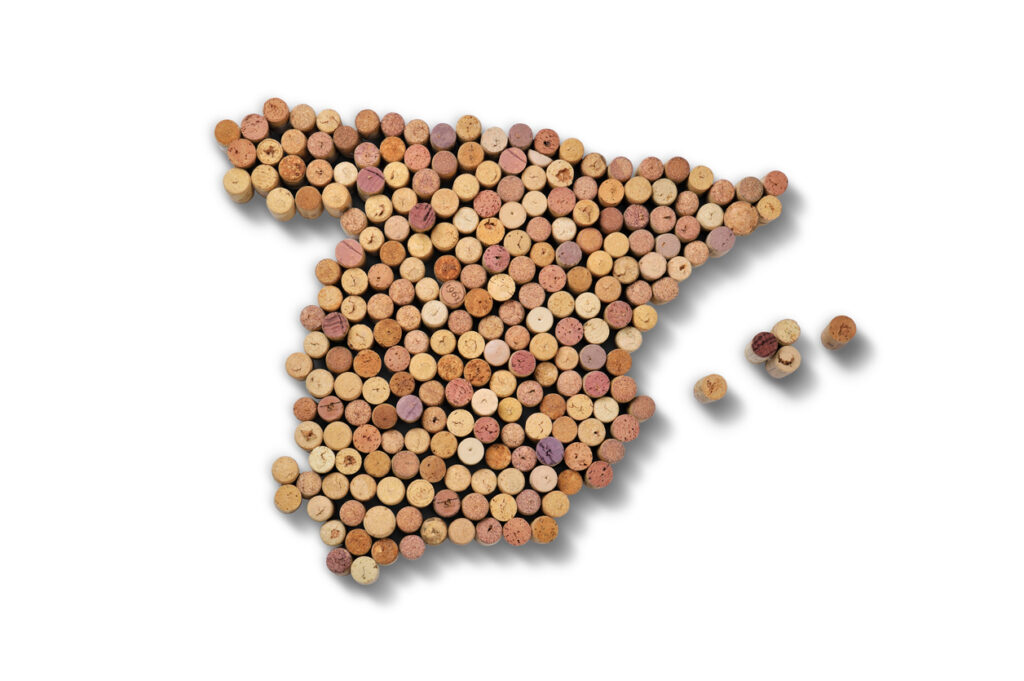
Portugal
Portugal is known for its production of Port wine, which is a sweet fortified wine. The Douro Valley is the most famous wine region in Portugal, and is where most Port wine is produced.
Germany
Germany is known for its production of Riesling, which is a white wine that is high in acidity. The most famous wine region in Germany is the Mosel, which is known for its steep vineyards and slate soil.
Austria
Austria is known for its production of Grüner Veltliner, which is a white wine that is high in acidity. The most famous wine region in Austria is the Wachau, which is known for its dry, mineral-driven wines.

Burgundy
Burgundy is one of the most famous wine regions in the world, and is known for its production of Pinot Noir and Chardonnay. The region is divided into two main areas: the Côte de Nuits, which is known for its red wines, and the Côte de Beaune, which is known for its white wines.
In summary, each Old World wine region has its own unique characteristics that are reflected in the wines produced there. Whether you prefer bold Spanish wines or mineral-driven Austrian wines, there is a wine region in Europe that will suit your tastes.
New World Wine Regions
New World wine regions are those that are outside of Europe and the Middle East. These regions produce wines that are known for their bold, fruit-forward flavors. Here are some of the most notable New World wine regions:
North America
North America is home to some of the most well-known New World wine regions, including California, Oregon, and Washington. California is the largest wine-producing state in the US and is known for its full-bodied, fruit-forward wines. Oregon and Washington produce wines that are more similar in style to Old World wines, with lighter bodies and higher acidity.
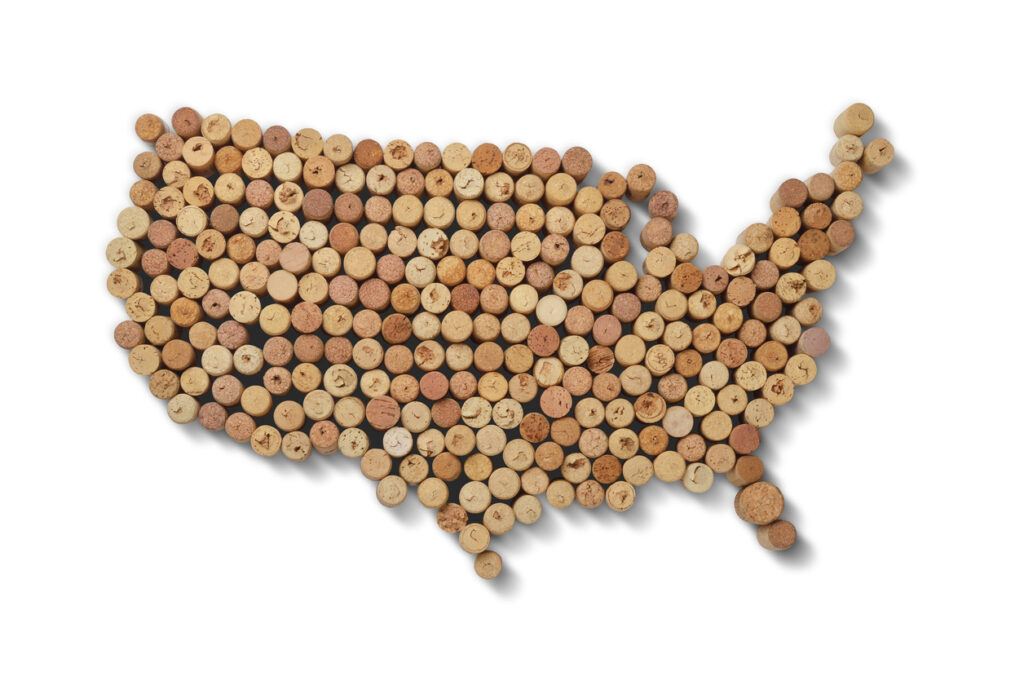
South America
South America is home to two major wine-producing countries: Argentina and Chile. Argentina is known for its Malbec, which is a full-bodied red wine that is rich in flavor. Chile is known for its Cabernet Sauvignon and Carmenere, which are both full-bodied red wines that are rich in flavor.
Australia and New Zealand
Australia and New Zealand are both known for producing high-quality New World wines. Australia is known for its Shiraz, which is a full-bodied red wine that is rich in flavor. New Zealand is known for its Sauvignon Blanc, which is a crisp white wine that is known for its citrus and tropical fruit flavors.

Chile
Chile is known for producing wines that are similar in style to those from California. The country produces a variety of wines, including Cabernet Sauvignon, Merlot, and Chardonnay.
Argentina
Argentina is known for its Malbec, which is a full-bodied red wine that is rich in flavor. The country also produces a variety of other wines, including Cabernet Sauvignon, Merlot, and Chardonnay.
Overall, New World wine regions are known for producing wines that are bold, fruit-forward, and full-bodied. While there are some differences in style between different regions, these wines are generally more similar in style to each other than they are to Old World wines.

Taste and Style Differences
When it comes to taste and style, there are significant differences between New World and Old World wines. The differences arise from the climate, soil, grape varieties, and winemaking techniques used in the two regions.
Fruit Flavors and Minerality
New World wines tend to have pronounced fruit flavors, while Old World wines are more restrained. This is mostly due to the warmer climate in New World regions, which results in riper grapes with more sugar and fruit flavors. On the other hand, Old World wines tend to have more minerality, which is a term used to describe the earthy, stony, or flinty flavors that come from the soil.

Body and Acidity
In terms of body, New World wines tend to be fuller-bodied, while Old World wines are lighter-bodied. This is due to the difference in climate and soil, which affects the ripeness of the grapes. Additionally, Old World wines tend to have higher acidity, which makes them more refreshing and food-friendly. In contrast, New World wines tend to have lower acidity, which makes them more approachable and easier to drink on their own.
Alcohol Content
New World wines tend to have higher alcohol content than Old World wines. This is because the warmer climate in New World regions leads to higher sugar levels in the grapes, which results in higher alcohol levels after fermentation. Old World wines, on the other hand, tend to have lower alcohol content, which makes them more food-friendly and easier to drink in moderation.
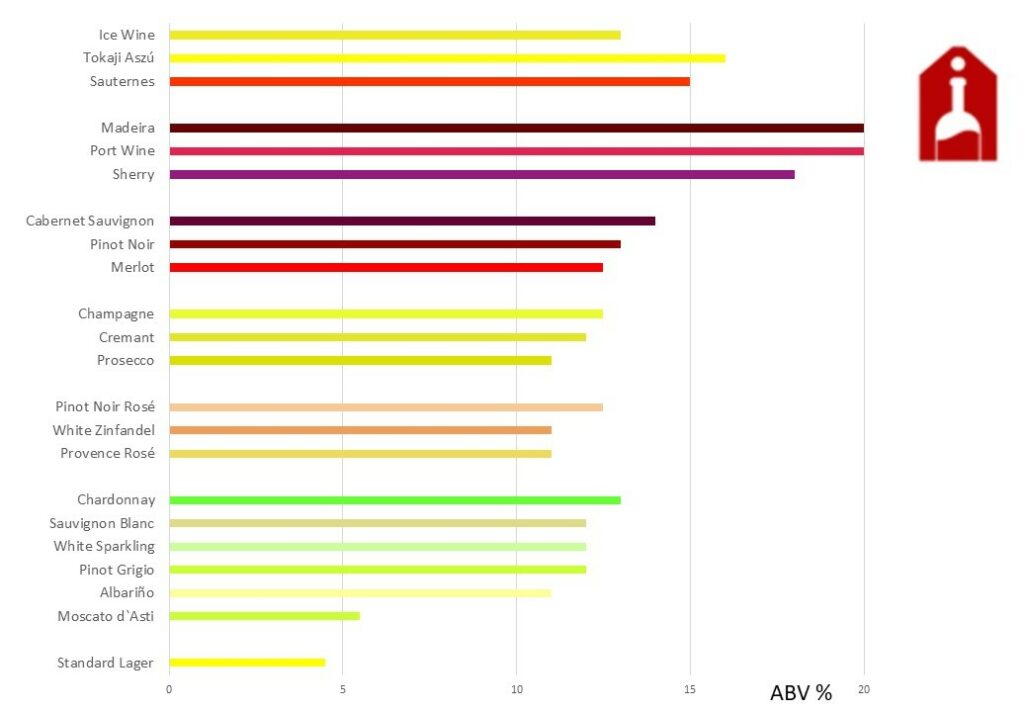
In summary, New World wines tend to be fuller-bodied, with pronounced fruit flavors and lower acidity, while Old World wines are lighter-bodied, with more minerality and higher acidity. Understanding these differences can help wine enthusiasts appreciate the unique characteristics of each region and make informed choices when selecting wines.
Labeling and Oak Usage
Labeling Differences
One of the key differences between New World and Old World wines is in the way they are labeled. Old World wines are typically labeled according to the region where they were produced, while New World wines are often labeled according to the grape variety used in their production.
For example, a French wine from the Bordeaux region might be labeled as “Bordeaux,” while a California wine made from Cabernet Sauvignon grapes might be labeled as “Cabernet Sauvignon.
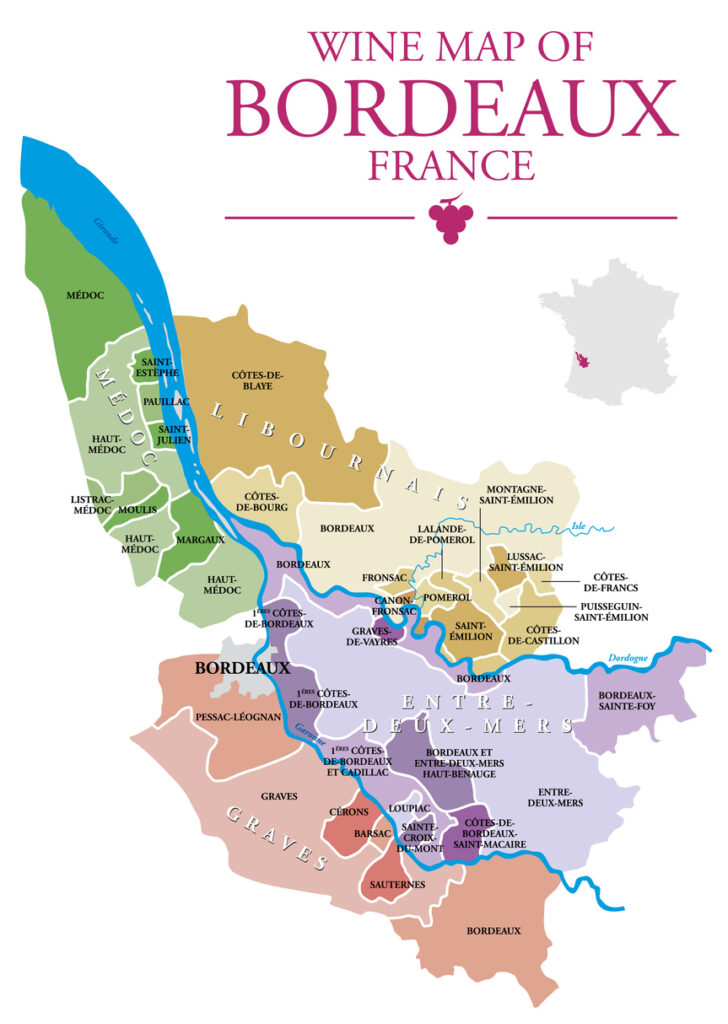
This difference in labeling can be attributed to the fact that Old World wine regions have a long history and tradition of winemaking, and the region where a wine is produced is seen as a key factor in determining its quality and character. In contrast, New World wine regions are often newer and less established, and grape variety is seen as a more important factor in determining a wine’s character.
Oak Usage
Another key difference between New World and Old World wines is in the way oak is used in the winemaking process. New World winemakers tend to use more new oak in the production of their wines, while Old World winemakers tend to use more neutral oak.
New oak barrels impart more flavor and aroma to the wine, giving it a richer, more complex character. However, this can also mask some of the natural flavors and aromas of the grapes used in the wine.
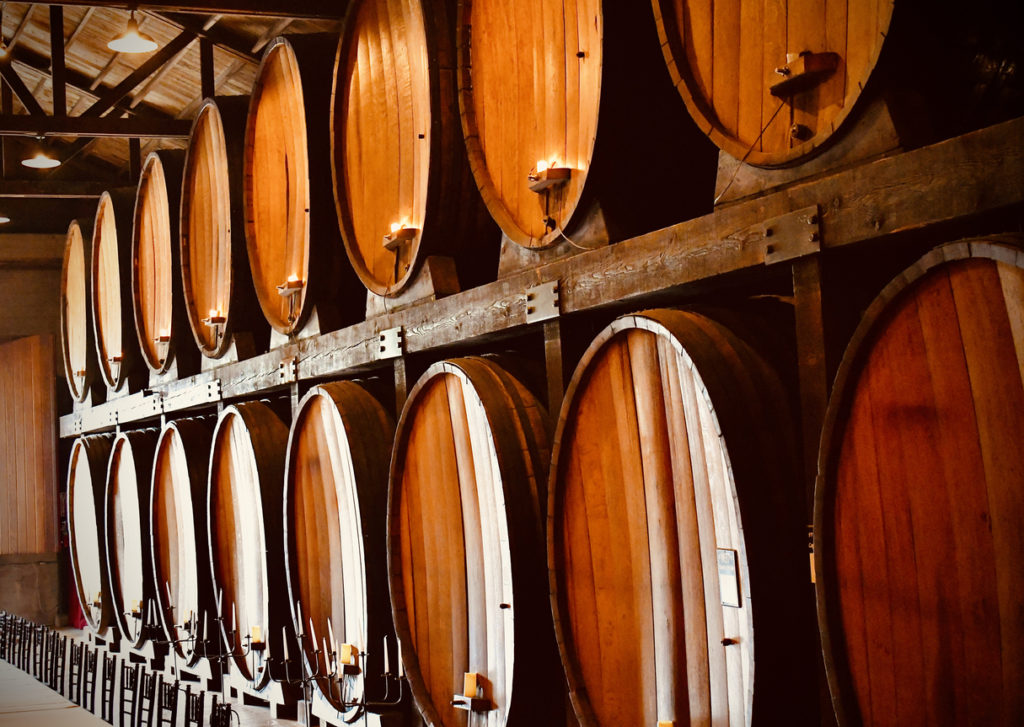
In contrast, neutral oak barrels do not impart as much flavor or aroma to the wine, allowing the natural flavors and aromas of the grapes to shine through. This can result in wines that are more subtle and nuanced in their flavor profile.
Overall, the use of oak in winemaking is a complex and nuanced topic, and there is no right or wrong way to use it. It ultimately comes down to the winemaker’s personal preference and the style of wine they are trying to produce.
Emerging Wine Regions and Trends
As the wine industry continues to grow and evolve, new regions are emerging as players in the global market. These regions offer unique terroirs and grape varieties that are not found in traditional wine regions. In this section, we will explore some of the emerging wine regions and trends that are shaping the industry.
Eastern Europe
Eastern Europe is home to a number of emerging wine regions that are gaining recognition for their quality wines. Countries like Romania, Hungary, and Bulgaria are producing wines that are gaining international attention. These regions are known for their unique grape varieties, such as Feteasca Neagra and Kadarka, which are not found in other parts of the world.
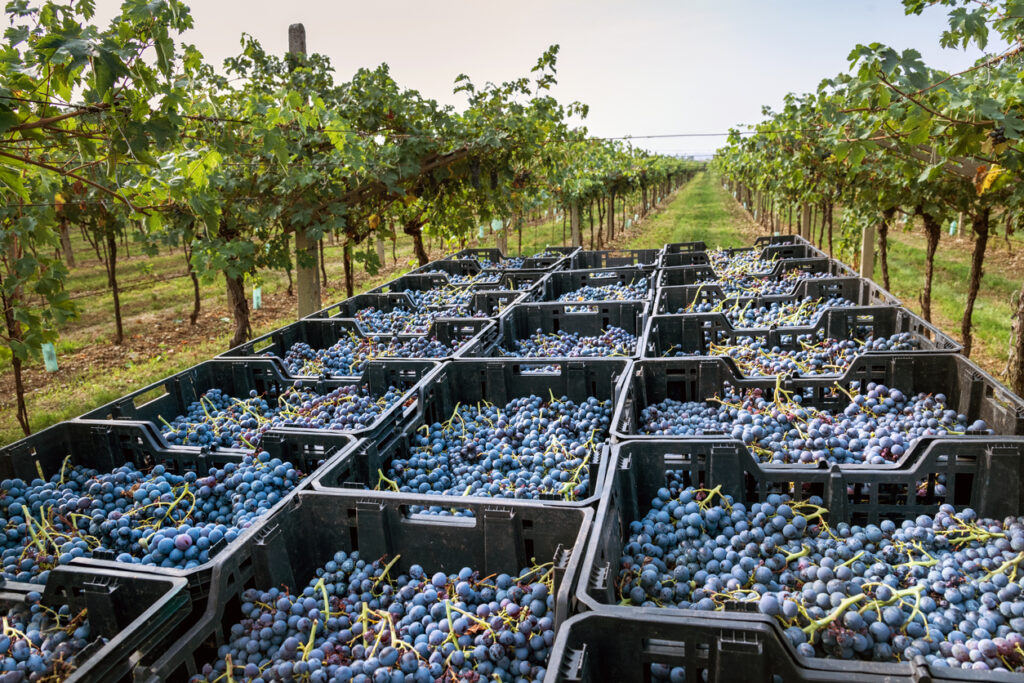
Middle East
The Middle East has a long history of winemaking, dating back to ancient civilizations. Today, countries like Israel and Lebanon are producing world-class wines that are gaining recognition in the global market. These regions are known for their unique terroirs, which are influenced by the Mediterranean climate and the rocky soils.
China
China is one of the fastest-growing wine markets in the world, and the country is also producing its own wines. While Chinese wines are still relatively unknown in the global market, they are gaining recognition for their quality. Regions like Ningxia and Xinjiang are producing wines that are winning awards in international competitions.
Canada
Canada is another emerging wine region that is gaining recognition for its quality wines. Regions like British Columbia and Ontario are producing wines that are gaining international attention. These regions are known for their cool climate, which is ideal for producing wines like Riesling and Pinot Noir.
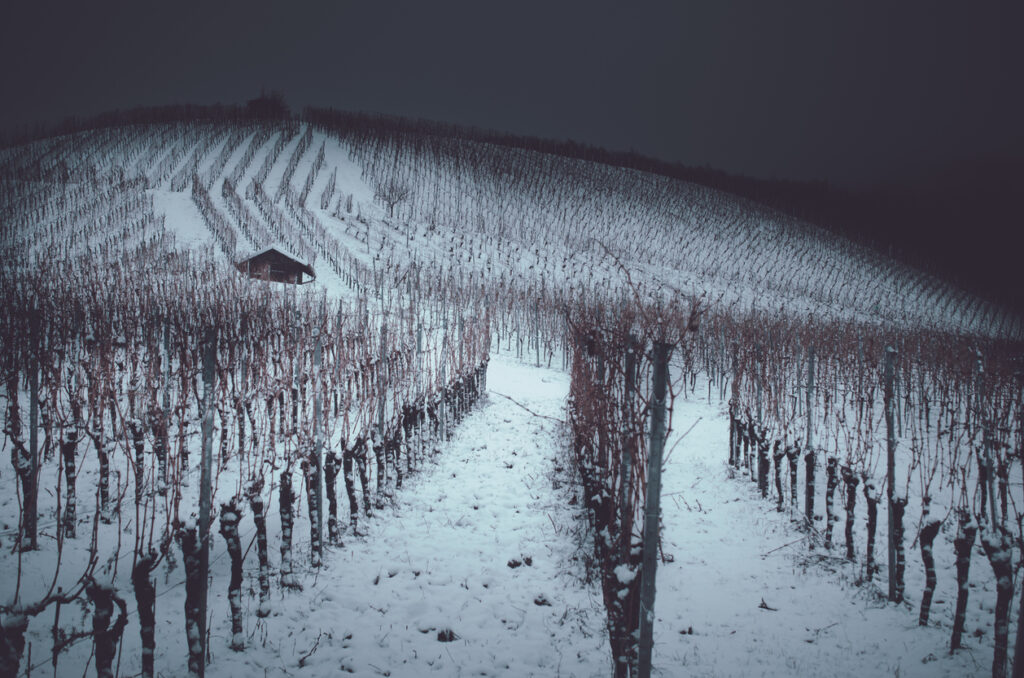
In addition to these emerging wine regions, there are also a number of trends that are shaping the industry. These trends include a focus on sustainability and organic farming, as well as a growing interest in natural wines. Winemakers are also experimenting with new grape varieties and winemaking techniques to create unique and innovative wines.
Overall, the wine industry is constantly evolving, and new regions and trends are emerging all the time. Whether you are a seasoned wine enthusiast or a casual drinker, there has never been a better time to explore the world of wine.
Conclusion
In conclusion, Old World and New World wines have distinctive differences in terms of their production, flavor, and style. While Old World wines are known for their subtlety, elegance, and earthy notes, New World wines tend to be bolder, fruitier, and higher in alcohol content.
Old World wines are often made with traditional methods and are heavily regulated, while New World wines offer more freedom to winemakers to experiment with different grape varieties and techniques.
When it comes to pairing wine with food, Old World wines are often paired with classic European cuisine, while New World wines are often paired with bold, spicy, and flavorful dishes.
Ultimately, the choice between Old World and New World wines comes down to personal preference. Some wine lovers prefer the traditional and refined style of Old World wines, while others enjoy the bold and fruity flavors of New World wines.
Regardless of which style of wine you prefer, it’s important to understand the differences between Old World and New World wines to make an informed decision and enhance your overall wine experience.

